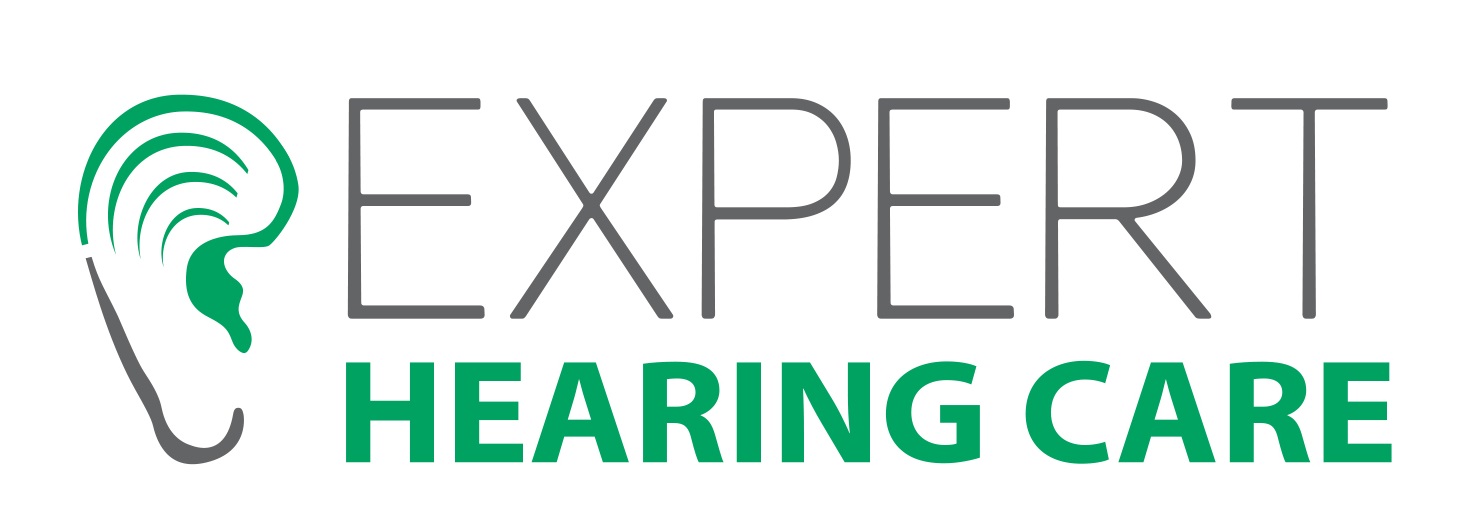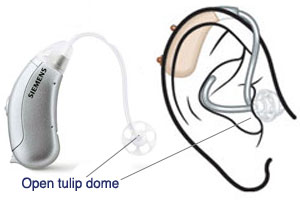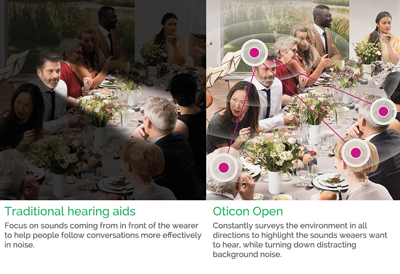Modern hearing aids are incredibly sophisticated to help you hear conversations, music, nature and laughter with comfort and clarity. And all in devices so small that nobody would ever know you are wearing a hearing aid.
Features of modern hearing aids
If a hearing tests indicates that have a sensorineural hearing loss, you will be rapt to know that modern hearing solutions are nothing like the large, noisy, clunky and whistling solutions you recall from days gone by!




